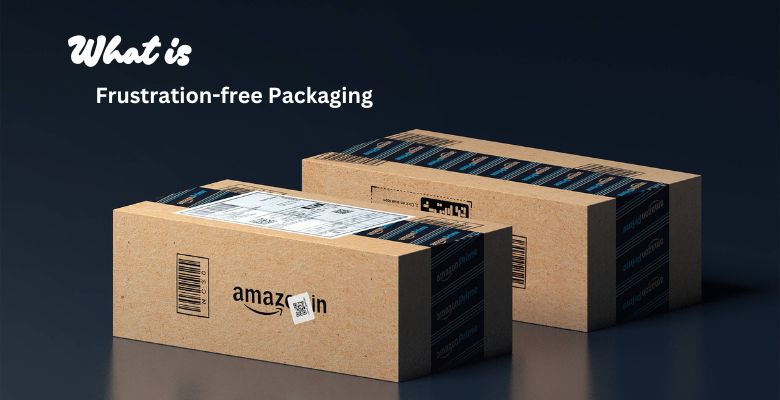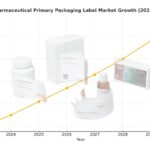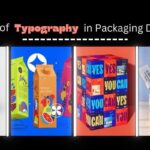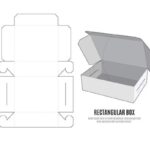Have you ever struggled to open a package, battling through layers of tape, plastic, and cardboard? This common annoyance is known as “wrap rage,” and it’s exactly what Amazon aimed to eliminate when they introduced the concept of Frustration-Free Packaging (FFP). Over the years, this initiative has evolved to not only ease customer frustration but also to emphasize sustainability and packaging efficiency.
Concept and Evolution
Originally launched by Amazon, Frustration-Free Packaging was a game changer in the e-commerce sector. It’s designed to be opened without the need for scissors or knives, significantly reducing packaging waste and hassle for consumers. What started as a simple idea has now transformed into a widespread practice that emphasizes eco-friendly materials and streamlined designs.
Advantages of Frustration-Free Packaging
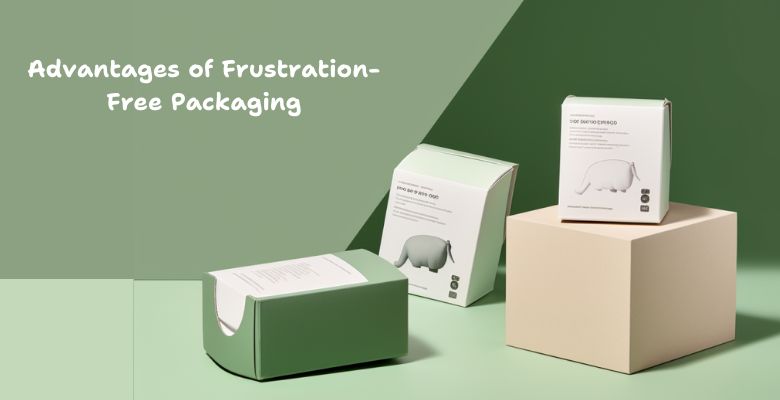
Frustration-Free Packaging (FFP) not only simplifies the unboxing process but also offers significant benefits for the environment and enhances customer satisfaction. Let’s delve into the specifics.
Environmental Benefits
- Recyclable Materials: FFP is a leader in environmental consciousness, utilizing materials that are fully recyclable. This initiative is crucial in reducing the volume of waste that ends up in landfills.
- Reduced Carbon Footprint: The design of these packages is ingeniously lightweight, which not only cuts down on transportation costs but also significantly reduces the carbon emissions associated with shipping. Reports indicate that some companies have managed to reduce their shipping emissions by up to 20% thanks to this streamlined packaging.
Customer Experience
- Ease of Access: One of the standout features of FFP is that it can be opened without any additional tools, which means no more frustrating battles with over-secured packaging. This has been a major win for customer satisfaction.
- Enhanced Safety: FFP designs eliminate the need for sharp objects during the unboxing process, reducing the risk of injuries and making the opening process safer for everyone, especially children.
Implementation and Design
The design and implementation of frustration-free packaging require thoughtful consideration of both the materials used and the overall customer unboxing experience.
Design Principles
- Material Minimization: FFP uses the minimal amount of material needed to protect the product, adhering to the principles of waste reduction and efficiency.
- Sustainability Focus: The selected materials are not only recyclable but also sourced sustainably, ensuring that the packaging’s environmental footprint is as small as possible.
Practical Applications
- Product Examples: A variety of products, from Legos to high-tech gadgets, are now packaged using FFP, enhancing the customer’s unboxing experience without sacrificing product safety.
- Brand Customization: Despite the simplicity of the design, FFP allows for significant customization. Brands can incorporate their logos, colors, and other branding elements directly onto the packaging, maintaining their unique identity while still benefiting from the advantages of FFP.
Economic Impact
The adoption of Frustration-Free Packaging can also lead to notable economic benefits for businesses.
Cost-Effectiveness
- Reduced Production Costs: The reduction in materials used directly translates into lower production costs, making FFP not only environmentally friendly but also economically advantageous.
- Lower Shipping Expenses: The compact nature of FFP reduces the space needed for shipping, which can significantly lower freight costs and improve logistics efficiency across the supply chain.
Read Also: Small Business Shipping Options and Best Practices: The Ultimate Guide
Challenges and Considerations
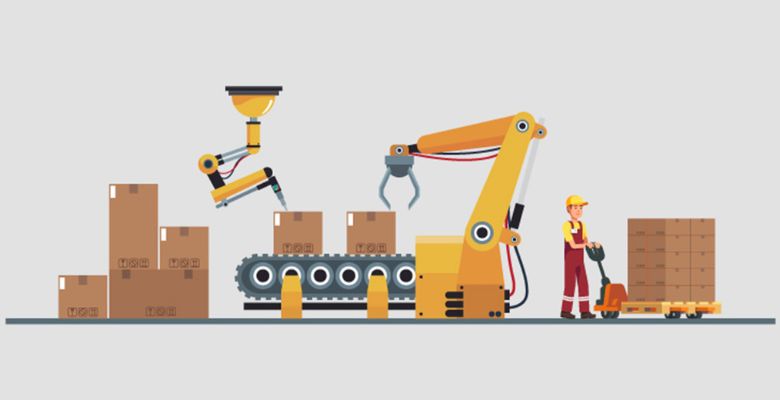
While FFP offers numerous advantages, there are also challenges that need to be addressed to maximize its effectiveness.
Product Compatibility
Suitability: Not every product is suitable for Frustration-Free Packaging. Products that are large, fragile, or have unusual shapes may require more traditional packaging solutions to ensure they are protected adequately during shipping.
Branding and Marketing
Branding Needs: Achieving the right balance between the minimalist design of FFP and the need for effective branding can be challenging. However, with creative design solutions, it is possible to use the packaging as a branding tool without compromising its integrity or effectiveness.
Future Prospects and Developments
Industry Adoption and Standards
- Wider Adoption: More industries are adopting FFP as its benefits become clearer.
- Global Standards: Efforts are ongoing to establish universal standards for frustration-free packaging to ensure consistency and quality across products.
Innovations in Packaging Technology
- Technological Advancements: The use of machine learning to optimize packaging designs is on the rise, aiming for the utmost efficiency in materials and form.
Conclusion
Frustration-Free Packaging is revolutionizing the way we think about product delivery and customer satisfaction. Are you ready to switch to smarter packaging solutions? Start your journey towards more sustainable and customer-friendly packaging today!
Visit 99designspackaging.com to learn how we can help you transition to Frustration-Free Packaging, or subscribe to our newsletter for the latest updates in sustainable packaging solutions.
